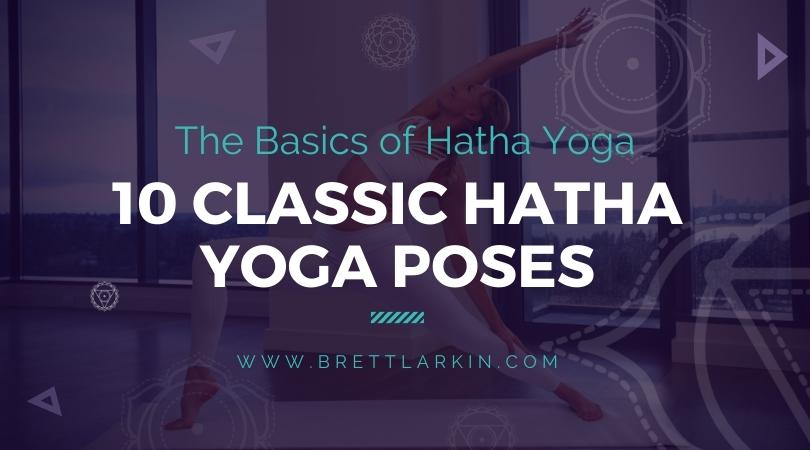
Hatha yoga is one of the most popular types of yoga. You see it on virtually every class schedule and advertised in every yoga teacher training course.
The truth is, the Hatha yoga that you see isn’t really Hatha yoga.
Instead, it’s a hybrid mix of Hatha Vinyasa that prioritizes a fast-paced flow over the traditional long holds that Hatha yoga started out as. And if you’re talking to a traditional practitioner, long holds are at the core of Hatha practice.
In this post, I’m going to break down what classical Hatha yoga truly is, how it differs from modern styles of yoga, and 10 traditional poses that are at the core of the practice.
What is Traditional Hatha Yoga?
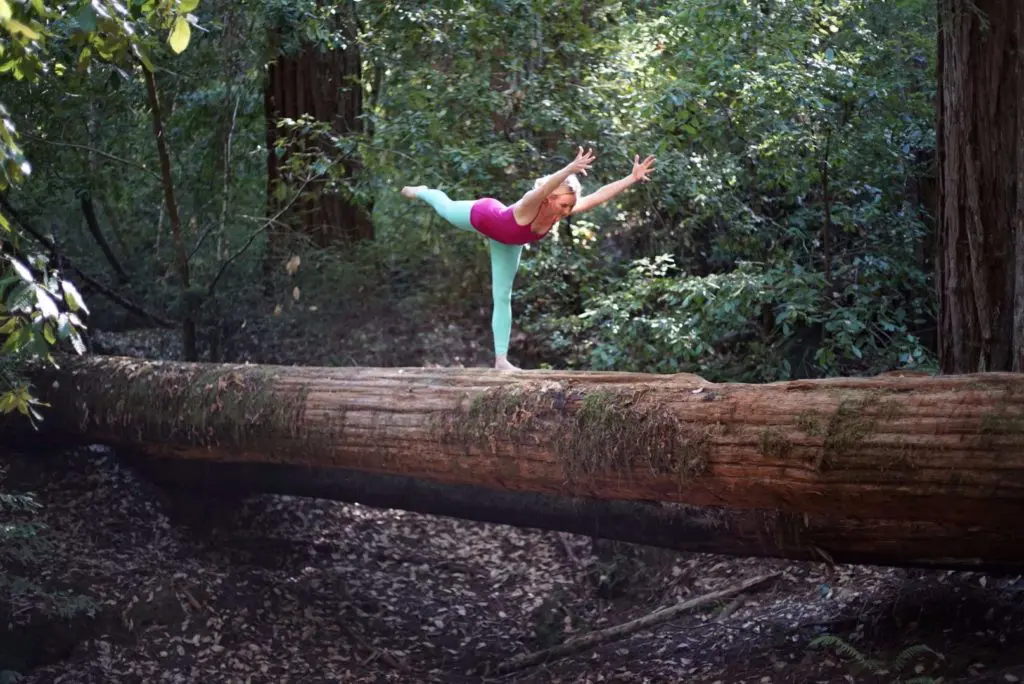
Traditional Hatha Yoga is a practice that we find in Yoga studios all around the world. But what is it about this Yoga practice which makes it so popular?
Hatha is one of the oldest forms of Yoga practice from South Asia, which can be traced back to over 2000 years ago. The Hatha Yoga Pradipika is one of the most influential scriptures of Hatha Yoga, it states that Hatha Yoga must include posture (Yoga asanas), breathwork (pranayama), and meditation (dhyana).
Traditional Hatha Yoga practice includes much more than the familiar Yoga asanas. Hatha Yoga texts describe the importance of mental characteristics, such as courage, enthusiasm, determination, and patience. They also outline the fundamental importance of lifestyle, diet, and moral and ethical conduct.
The aim of Hatha Yoga is to balance the subtle energies within the body, through an intricate network of energy channels (nadis), and the chakras. Chakras are meeting points at which the meridians cross, and Hatha yogis regard them as vital centers.
In certain branches of classical Yoga, it’s common to hold a Hatha Yoga asana for an extended period of time, in order to work deeply with the associated chakra – rather than flowing through yoga poses with the breath which is common in Vinyasa Yoga.
Hatha Yoga is also traditionally used as a preparation for our body and mind to access our meridian channels. Preparing the correct environment, especially for the mind, allows the practitioner to do medication, which provides them with access to Universal Consciousness.
What Hatha Yoga Looks like in Modern Practice
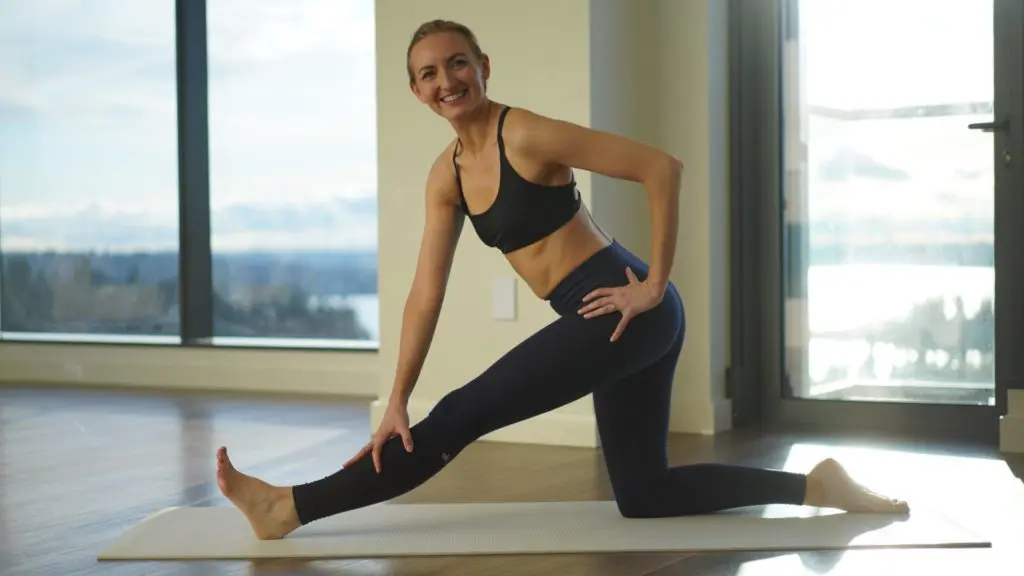
It’s common for a Hatha Yoga Class to begin with a sun salutation, which is a Yoga sequence of Hatha Yoga postures practiced in line with the inhale and exhale of the breath.
Nowadays, when visiting a Yoga studio, you’ll likely experience Hatha Yoga and Hatha Yoga asanas via different brands of Yoga such as Vinyasa Yoga, Bikram Yoga, Hot Yoga, and Ashtanga Yoga.
The practice of Hatha Yoga asanas is now extremely popular for its body, mind, and health benefits such as breathing exercises for anxiety and stress, and Yoga exercises for flexibility and fitness.
But if the deeper mystical nature of this Indian spiritual practice intrigues you, let’s look at some basic Hatha Yoga poses, and their associated chakras!
Yogi Tip: Try to incorporate some breathing techniques into your next Hatha class, such as Ocean Breath (Ujjayi breath) or the 3 part Yogic Breath (Dirga Pranayamaa) which allows you to draw meditation into the Yoga posture.

10 Classic Hatha Yoga Poses
1. Mountain Pose – Tadasana
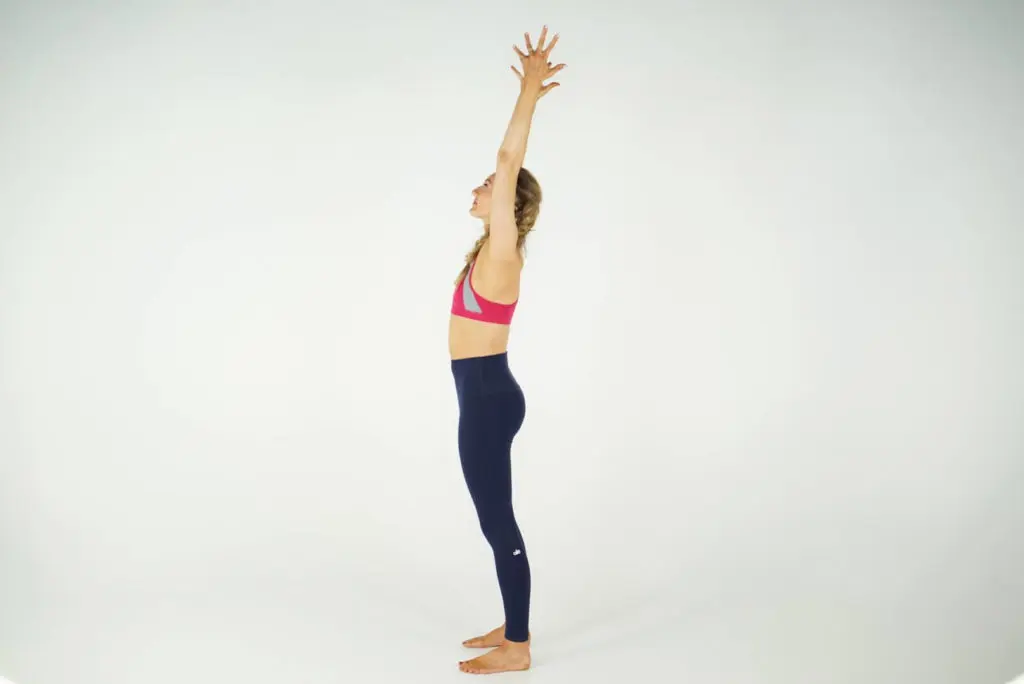
- Step 1: Start with the feet hip-width apart on the Yoga mat
- Step 2: Raise the arms over the body toward the ceiling, with the hands parallel
- Step 3: Relax the shoulders, and draw them away from your ears
- Step 4: Open the chest by drawing the shoulder blades together
Associated Chakra: Anahata Chakra – Heart Chakra – Air Element
Variations: A common variation of Mountain Pose is to leave the arms on either side of the body, with the palms facing forward
Benefits: Tadasana is a simple standing pose for Yoga practitioners, but it has wonderful benefits – such as improving posture and improving blood flow around the Heart.
2. Standing Forward Fold Pose – Padahastasana
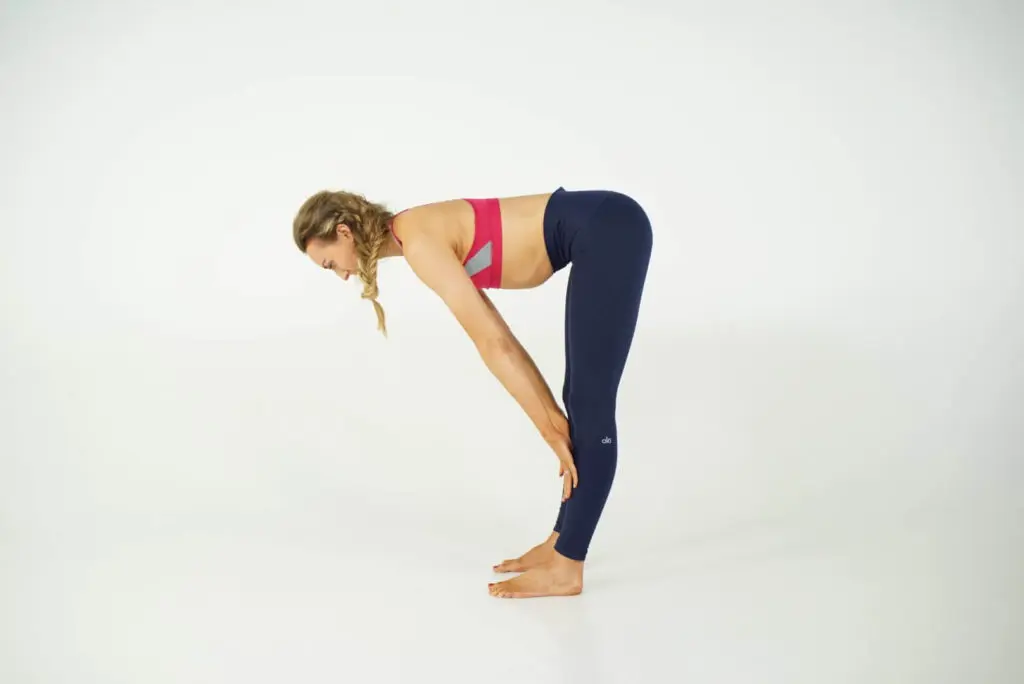
- Step 1: Start with the feet together on the Yoga mat
- Step 2: Forward bend from the hips, make sure the spine is elongated and micro-bend the knees
- Step 3: Place your hands on either side of the feet, fingertips in line with the toes
- Step 4: Relax the head, and the neck
Associated Chakra: Muladhara Chakra – Root Chakra – Earth Element
Variations: Depending on your flexibility, you can place your hands on your shins, or onto a Yoga block.
Benefits: This Hatha Yoga pose beautifully stretches the hamstrings and the calves, whilst also strengthening the thighs and muscles around the knees.
3. Downward Facing Dog Pose – Adho Mukha Svanasana
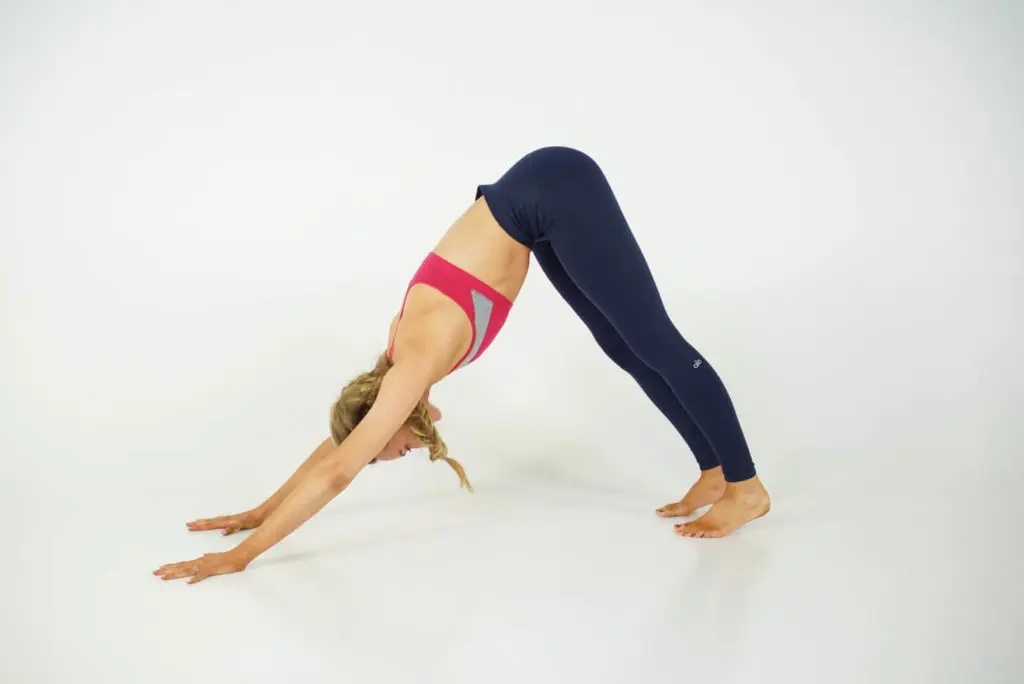
- Step 1: Stand on the front of your Yoga mat, and forward bend from the hips into standing forward fold
- Step 2: Bend into the knees to bring the hands to the mat, and step each foot back towards the back of the mat
- Step 3: Press the hands and the feet equally into the mat, and draw the heels towards the ground
- Step 4: Draw the chest downwards towards the ground – to allow you to lengthen the spine in downward facing dog pose. Gaze down towards the toes.
Associated Chakra: Muladhara Chakra – Root Chakra – Earth Element
Variations: It is common for the heels to not reach the floor in adho mukha svanasana – micro-bending the knees, allows you to lengthen and straighten the spine if your heels do not reach the floor.
Benefits: This Hatha Yoga Posture is common in Ashtanga practice. It’s part of the sun salutations sequence, commonly known as Surya Namaskar (Surya means sun). This post stretches out the back muscles, and the upper body.
4. Warrior 2 Pose – Virabhadrasana 2
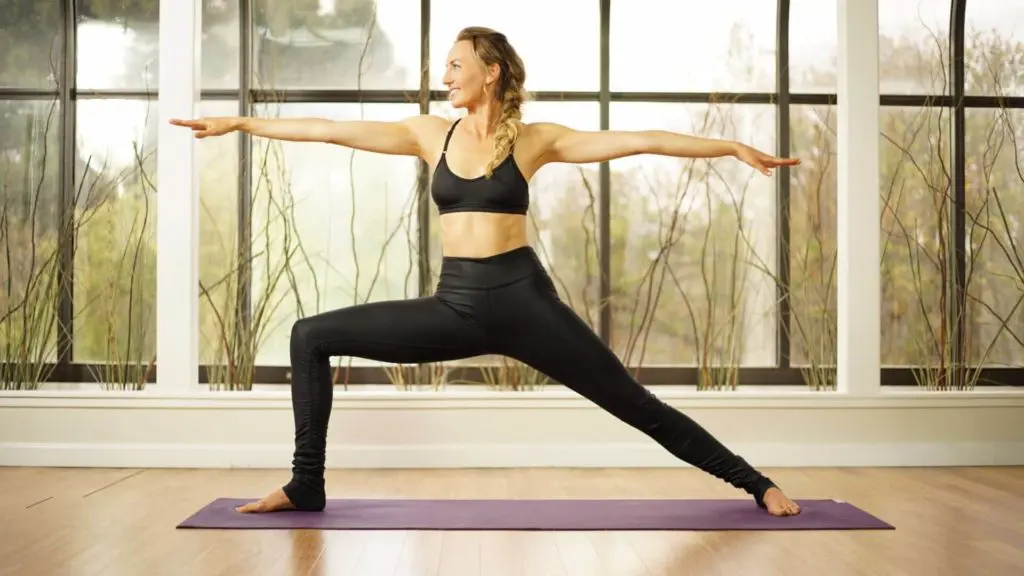
- Step 1: Stand at the top of the Yoga mat, and step back with the left foot
- Step 2: Align the right heel, with the middle arch of the left foot
- Step 3: Bend into the right knee, so the thigh is parallel to the ground
- Step 4: Branch the arms outwards, either side of the body – the right arm over the right leg, and the left arm pointing towards the back of the mat
- Step 5: Gaze forward, over the middle finger of the right hand
- Step 6: To come out of this pose, step the left foot back to the front of the mat and repeat on the other side
Associated Chakra: Manipura Chakra – Solar Plexus Chakra – Fire Element
Variations: If there is discomfort in the neck, keep the head in line with the torso, rather than looking over the right hand.
Benefits: This posture is great to strengthen the abdominal muscles, legs, and thighs. You will also find a beautiful opening stretch of the upper body and chest, which stimulates abdominal organ health.

Learn how to do 11 of the most popular yoga poses correctly. Free video + PDF download.

5. Triangle Pose – Trikonasana
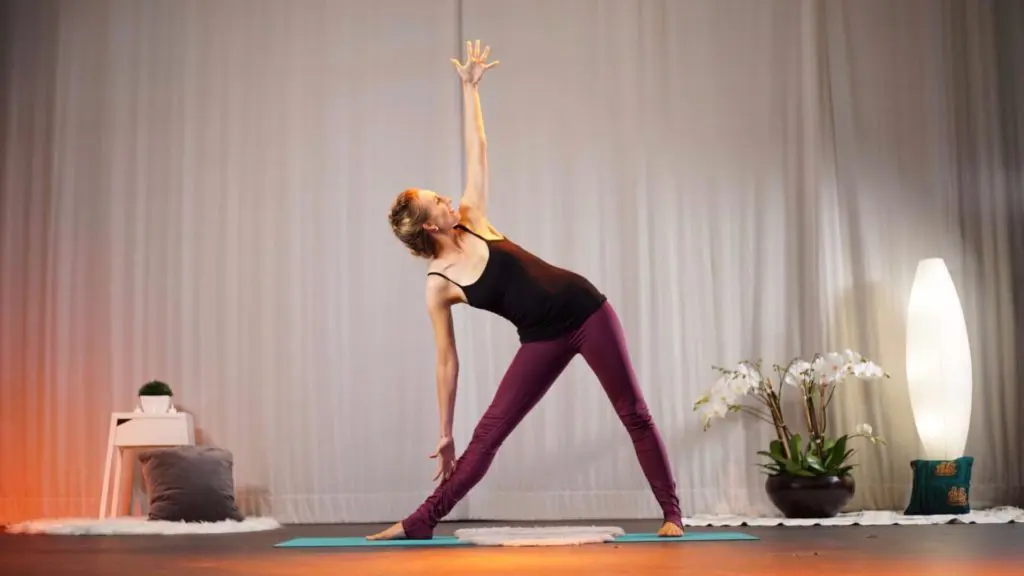
- Step 1: Stand at the top of the Yoga mat, and step back with the left foot
- Step 2: Align the right heel, with the middle arch of the left foot
- Step 3: Branch the arms outwards, either side of the body – the right arm over the right leg, and the left arm pointing towards the back of the mat
- Step 4: With an exhale reach the right arm forward, and bring it down towards the right shin, simultaneously bring the left arm up and pointing the left hand towards the sky
- Step 5: Ensure that the torso is parallel to the ground, and gaze up towards the left hand
- Step 6: Repeat on the other side
Associated Chakra: Manipura Chakra – Solar Plexus Chakra – Fire Element
Variations: If there is discomfort in the neck, look forward, or towards the ground to prevent injury.
Benefits: This pose opens the hips, and strengthens the core and abdominal muscles. Triangle pose also aids in balance, and our ability to concentrate and focus.
6. Locust Pose – Shalabasana
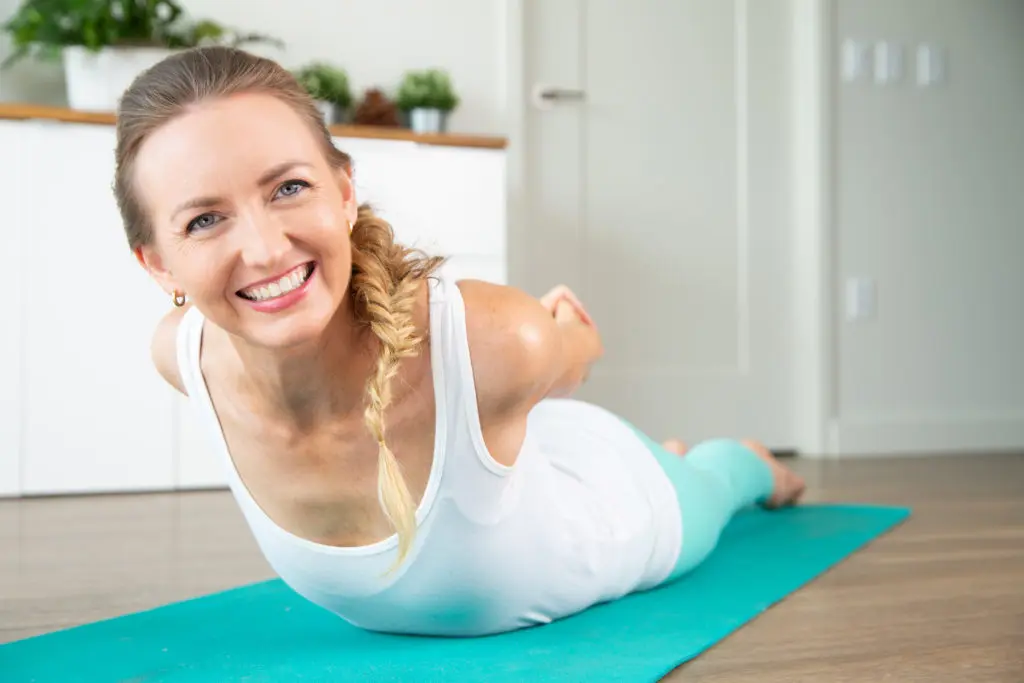
- Step 1: Lay on the yoga mat on your front, and straighten your legs, keeping the feet together
- Step 2: Place the hands on either side of your body, with the palms facing downwards
- Step 3: With an inhalation, lift your chest forward, then up, keeping your core engaged and shoulders down and back
- Step 4: Additional option to lift both legs off the mat while keeping the hips grounded into the mat
Associated Chakra: Svadhistana Chakra – Sacral Chakra – Water Element
Variations: Practice with the hands and arms on either side of the body, with the palms pressed into the floor, if it feels uncomfortable to have them under the torso.
Benefits: This pose is great for strengthening the core, leg muscles, glutes, and lower back.
7. Tree Pose – Vrikshasana
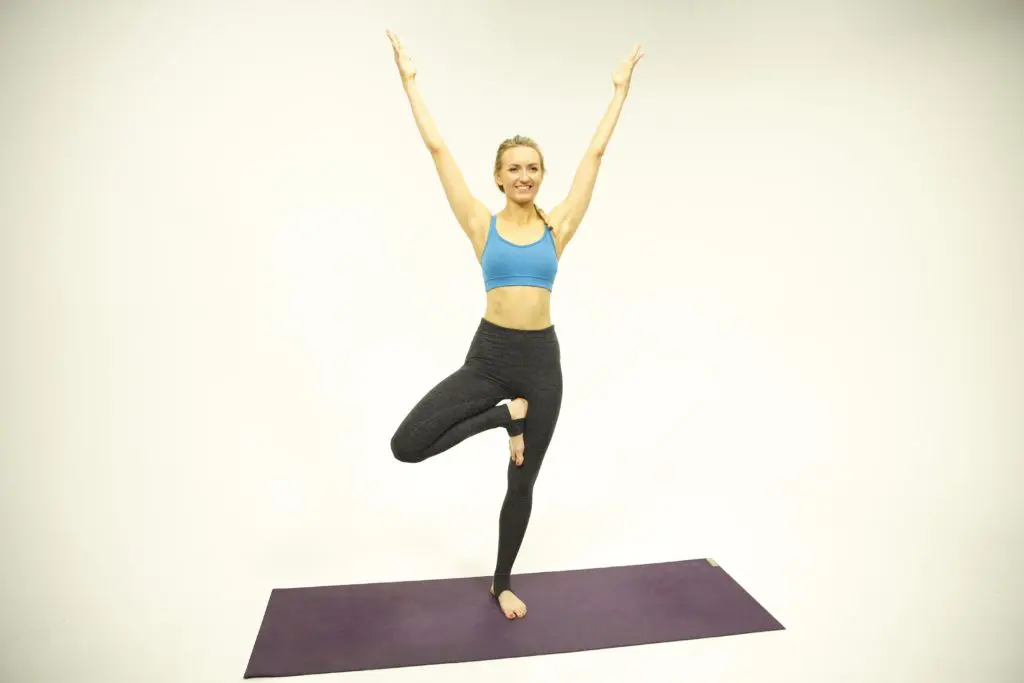
- Step 1: Stand on the Yoga mat, and ground down through the right foot
- Step 2: Draw the left foot slowly from the floor, and place it on the upper inner right thigh
- Step 3: Lift the hands into prayer position in front of the chest
- Step 4: Gaze at something that isn’t moving to help with your balance
- Step 5: To come out, gently release your left foot back to the ground, then repeat on the other leg
Associated Chakra: Third Eye Chakra – Ajna Chakra – All Elements Combined
Variations: You can try placing the left foot on the ankle, or above the knee, depending on which feels most comfortable. If you are struggling with balance, try putting your foot onto your ankle, and as you grow more confident with balance, you can gradually bring your foot higher!
Benefits: Tree Pose is great for strengthening our sense of balance, and in turn improves concentration and focus. This posture is great to aid in our ability to meditate.
8. Cobra Pose – Bhujangasana
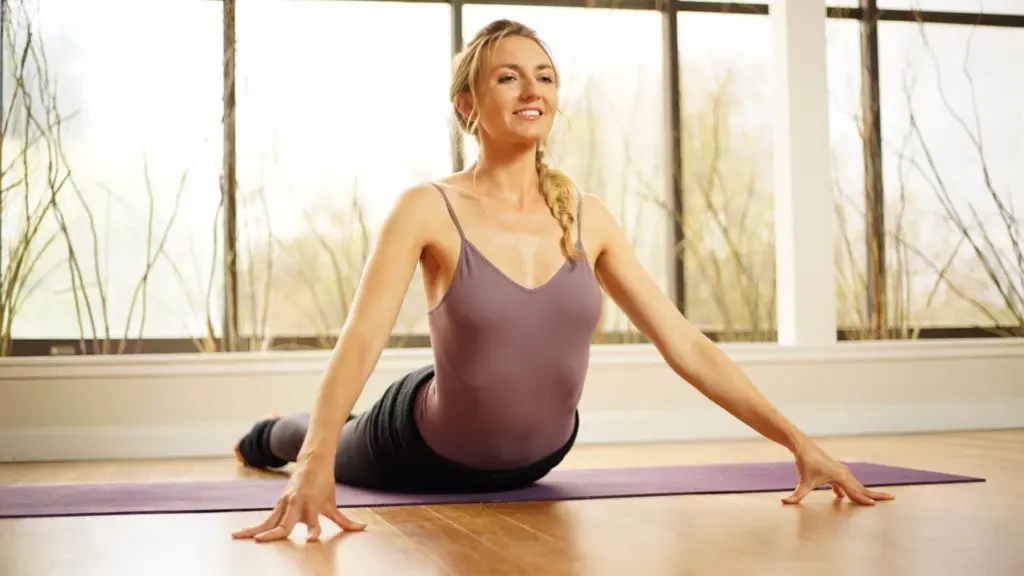
- Step 1: Lay on the yoga mat on your front, and straighten your legs, keeping the feet together
- Step 2: Place the wrists under the shoulders, with the fingers facing forwards
- Step 3: Using the core, lift and open the chest, gazing upwards towards the sky
- Step 4: Ensure you are elongating and lengthening through the spine
Associated Chakra: Anahata Chakra – Heart Chakra – Air Element
Variations: Practice with the elbows aligned underneath the shoulders, and the forearms and hands pressed into the ground for a gentle restorative stretch.
Benefits: This posture strengthens the back muscles, and stretches the front line of the body. Stretching the chest allows more space for the heart and lungs to function optimally, as breath flow can move with ease through the torso.
9. Bow Pose -Dhanurasana
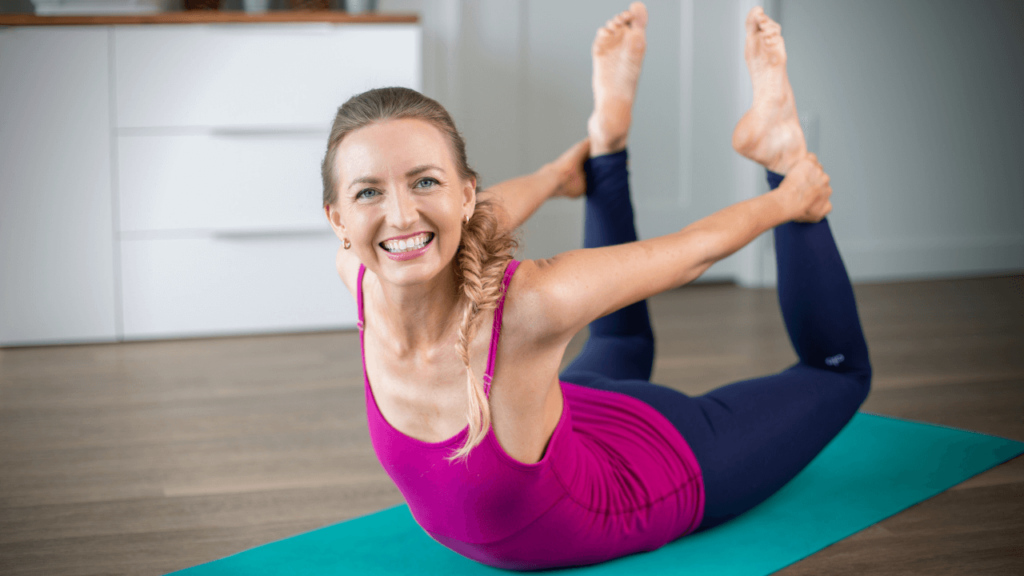
- Step 1: Lay on the yoga mat on your front, and reach back to hold the left leg, just above the ankle with the left hand, and the right leg with the right hand
- Step 2: With an inhale lift the chest and shoulders away from the ground, whilst simultaneously lifting the thighs
Associated Chakra: Manipura Chakra – Solar Plexus Chakra – Fire Element
Variations: Depending on which you find most comfortable – you can hold onto the legs, just above the ankles or alternatively hold onto the feet
Benefits: This pose stretches the quadriceps, and strengthens the core. As you will find yourself balancing on the pubic bone – it also improves your ability to balance and works on your flexibility.
10. Bridge Pose – Setu Bandhasana
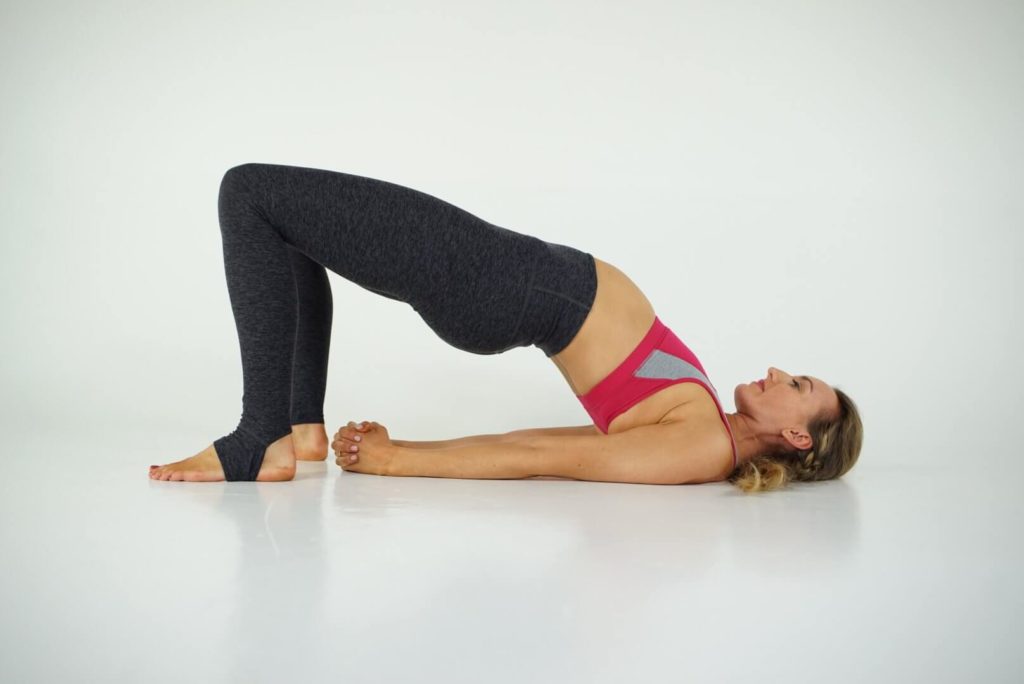
- Step 1: Lay on the Yoga mat in corpse pose (savasana) position
- Step 2: Bend the knees and bring the feet in towards the body
- Step 3: Ensure you can touch the heel with your middle finger
- Step 4: Rest the hands with the palms downwards into the floor, and lift the torso towards the ceiling, make sure that the legs are not falling in or outwards
- Step 5: Draw the chest upwards towards the chin
Associated Chakra: Manipura Chakra – Solar Plexus Chakra – Fire Element
Variations: For a deeper position you can interlace the fingers behind the back, which allows you to bring the chest higher from the ground.
Benefits: This pose helps to strengthen the glutes, quadriceps, and core. Bringing the chin towards the chest stimulates the thyroid gland, which is said to aid in regulating hormones.
Next Steps
- If you’re interested in practical kriya yoga as a way to improve your daily life and relationships, check out my Yoga for Self Mastery course.
- Order my Yoga Life book for a practical guide to creating balance in your life through yoga.
- Check out my YouTube channel and find some yoga classes that you can try out for yourself!
FREE Chakra Balancing Audio Track + Journaling Prompts
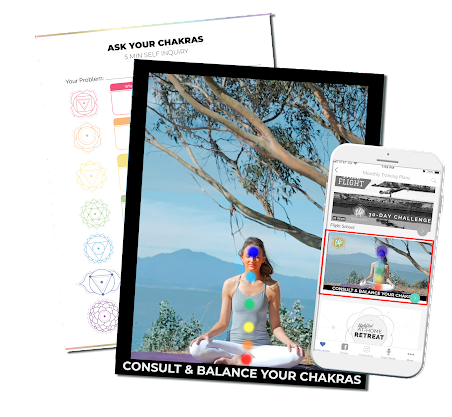
YOU MIGHT ALSO LIKE
- What is Kriya Yoga? The Philosophy and Practice
- Uddiyana Bandha: Tapping Into Your Deep Core
- 4 Reasons Hasta Bandha Is Essential To Your Yoga Practice
- Vitarka Mudra: What It Is and How Do You Use It?
- Shakti Mudra: What It Is and How Do You Do It?
- Garuda Mudra: What It Is and How Do You Use It?
- Kali Mudra: What It Is and How Do You Do It?
- Shunya Mudra: What It Is and How Do You Do It?
- Varuna Mudra: What It Is and How Do You Use It?
- Vayu Mudra: What It Is and How Do You Use It?
- Samana Vayu: The Energy of Balance & How to Access It
- Apana Vayu: The Energy of Release & Surrender
- Udana Vayu: The Ascending Wind
- Prana Vayu: The Breath of Vitality
- Vyana Vayu: The Energetic Secret to Flow
Learn how to do 11 of the most popular yoga poses correctly. Free video + PDF download.










